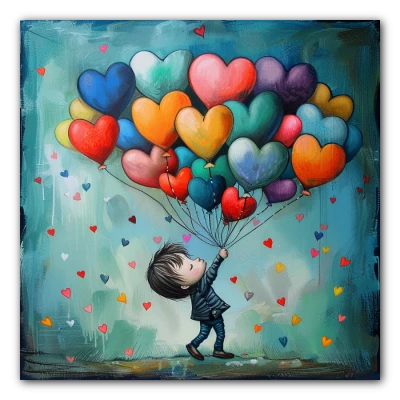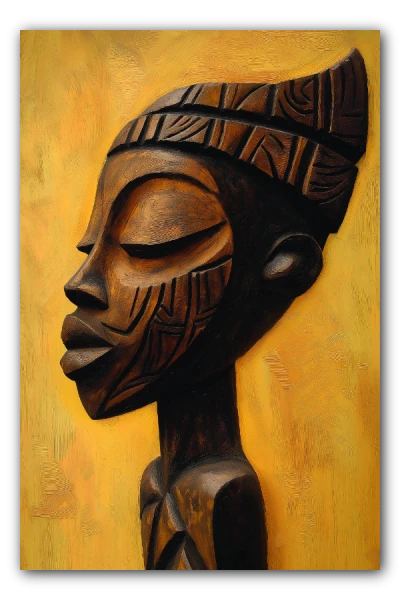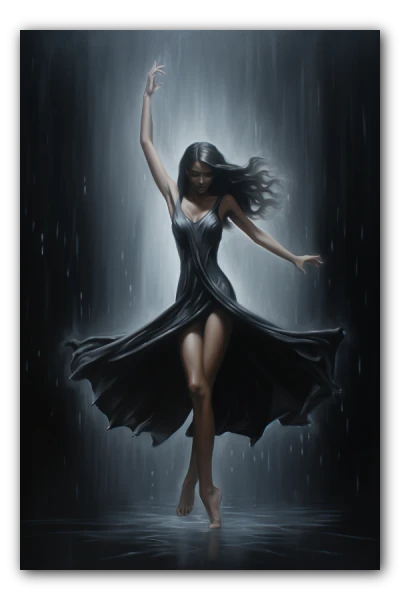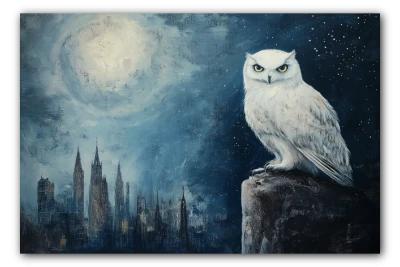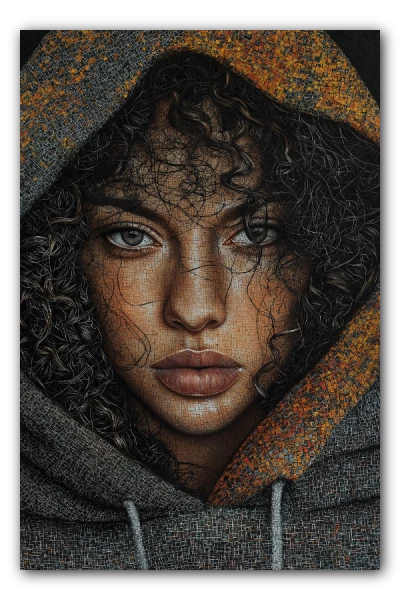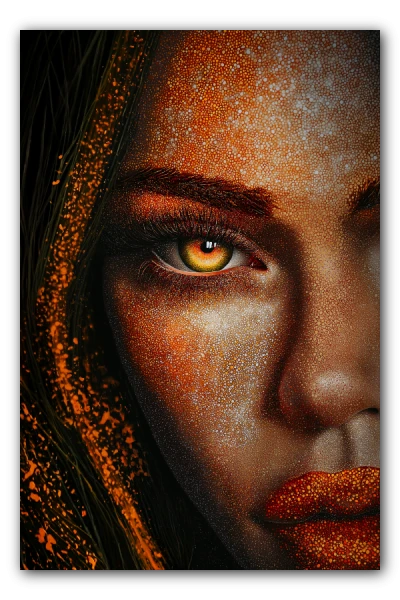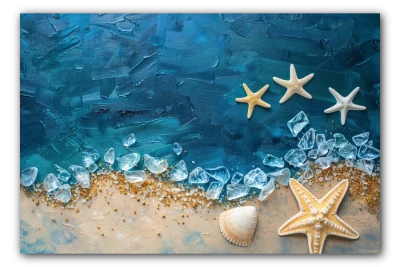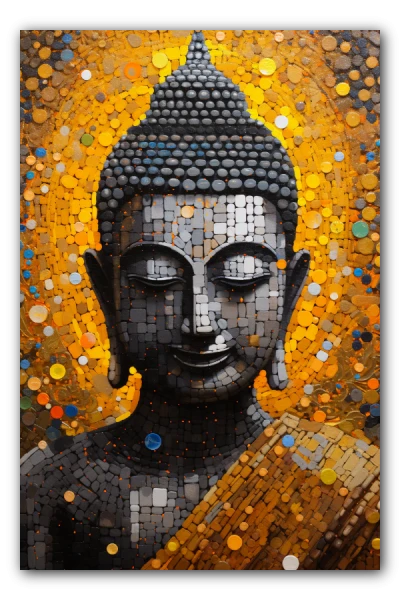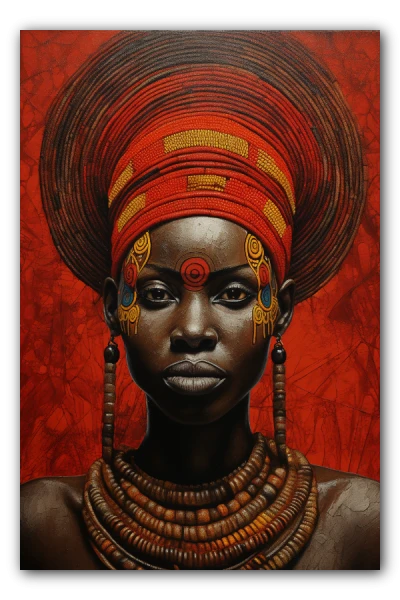Contemporary Art
The Vanguard of Contemporary Art
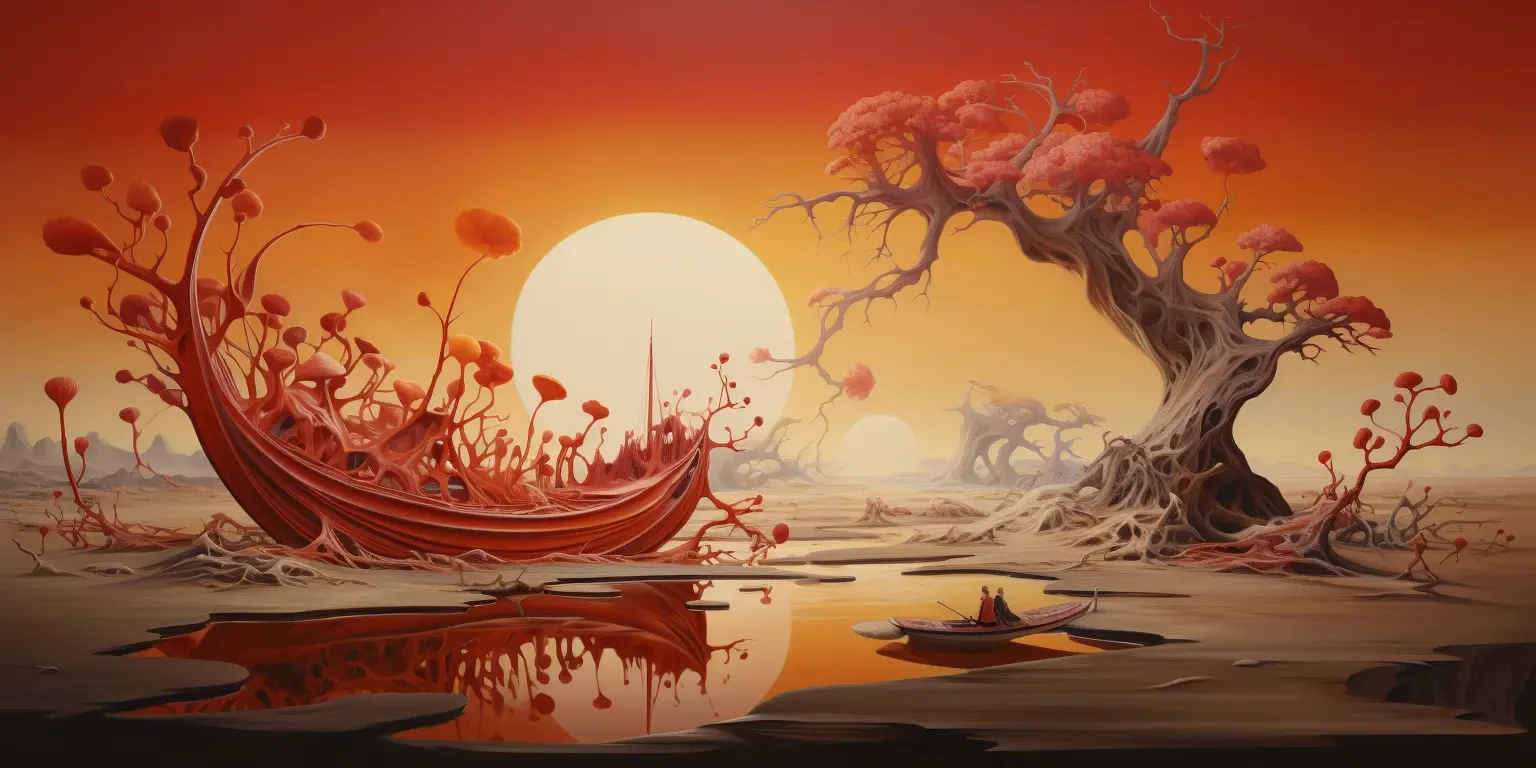

Reflections of the Present: Navigating Contemporary Art
Contemporary art, a broad term that refers to art produced in the second half of the 20th century to the present, is a vast field that reflects the diversity and fast pace of change in our world. It encompasses a variety of styles, approaches, and themes that respond to both cultural traditions and technological innovations.
History of Contemporary Art
The history of contemporary art begins approximately after World War II. Breaking away from the norms of modernism, the artists of this period began to explore new forms of expression. Abstraction, performance, conceptual art, and multimedia became common practices. This was a time of reflection and critical review of the role of art and the artist in society.
Techniques Used
Techniques in contemporary art are as varied as the artists themselves. Many artists move away from traditional techniques such as painting and sculpture to engage with installations, digital art, video art, and virtual reality. Digital technology has allowed the emergence of new forms of art and the possibility of exploring dimensions previously inaccessible. Photography has also gained ground as a medium of artistic exploration.
Diving into Contemporary Art Authors and Works
Contemporary art is characterized by its stylistic freedom and its ability to question artistic boundaries and conventions. Open to experimentation and individual expression, contemporary art encompasses authors whose works have transcended and transformed our understanding of art.
Notable Authors and Iconic Paintings
The Pop Art Revolution
Andy Warhol is perhaps the most emblematic name in Pop Art. His series of paintings titled Marilyn Diptych (1962), composed of fifty images of Marilyn Monroe, is one of the most outstanding of the 20th century. This work is recognized not only for its aesthetics but also for its commentary on fame and death.
Another giant of Pop Art, Roy Lichtenstein, is well-known for his comic-inspired technique, particularly in works like Whaam! (1963), a piece that reflects popular culture and media narrative through the imitation of the Ben-Day dots printing technique.
Neodadaism and Conceptual Art
Jasper Johns and Robert Rauschenberg are key figures in the transition from Neodadaism to Conceptual Art. Johns, with works like Flag (1954-55), which depicts the American flag using mixed media and non-traditional materials, readdresses questions about symbols and national identity.
Rauschenberg, meanwhile, in works like Canyon (1959), incorporates non-artistic objects, creating what he called "Combines," pieces of art that fuse painting and sculpture, redefining artistic boundaries.
Impact and Activism
Ai Weiwei, a contemporary Chinese artist, has used his art as a means of political activism. His installation Sunflower Seeds (2010) at the Tate Modern, composed of millions of porcelain sunflower seeds, invites reflection on mass production and individuality in modern society.
On the other hand, Banksy, a street artist whose identity remains anonymous, has captured the world's attention with satirical and subversive works like Girl with Balloon (2002), bringing social and political commentary to the forefront of public art.
Performance and Sculpture
Marina Abramović, known for her performance art, challenges the physical and emotional limits of the body and mind. Her renowned performance The Artist is Present (2010), in which she sat motionless for hours across from visitors at the MoMA, explores human connection and vulnerability.
Anish Kapoor, whose sculptures explore space and perception, is famous for Cloud Gate (2006), also known as "The Bean," in Chicago's Millennium Park, a piece that has become an icon of contemporary public sculpture and the city itself.
